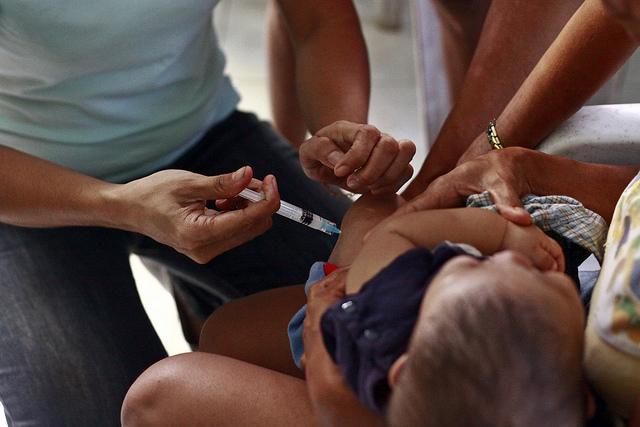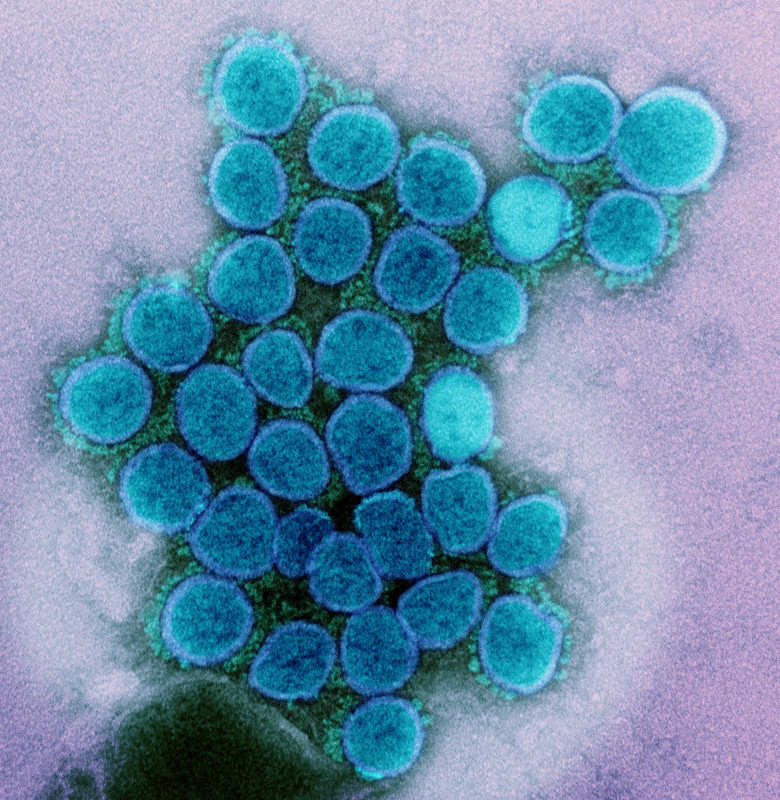
A modeling study of vaccination in the 19 low- and middle-income countries that have not introduced rubella-containing vaccines (RCVs) estimates that rolling out these vaccines could prevent 986,000 cases of congenital rubella syndrome (CRS) in the next 30 years.
As of 2023, 175 of the 194 World Health Organization (WHO) member countries (90%) had included an RCV in their routine immunization programs. In 2024, the WHO recommended universal RCV for the remaining 19 countries, which saw an estimated 28,000 CRS cases—78% of all cases worldwide—in 2023 alone.
This study analyzed data from country reports to the WHO and UNICEF from 2019 to 2023, as well as national vaccine coverage estimates and World Bank economic information. The disease is also called "German measles."
"Rubella virus infection usually produces a mild febrile rash illness in children and adults," the US Centers for Disease Control and Prevention-led research team wrote. "However, infection during pregnancy, especially in the first trimester, can result in miscarriage, fetal death, stillbirth, or a constellation of birth defects known as congenital rubella syndrome."
The findings were published last week in Morbidity and Mortality Weekly Report.
Speeding progress toward rubella elimination
In the 19 countries, an estimated 1.03 million CRS cases are predicted to occur from 2025 to 2055 without RCVs. But with RCV catch-up and follow-up supplemental immunization activities—even if population coverage with measles-containing vaccines were under 80%—fewer than 60,000 cases could occur, averting more than 986,000 CRS infections.
A single dose of rubella-containing vaccine (RCV) can provide lifelong protection against rubella.
"Caring for CRS cases is costly, and rubella vaccination has been shown to be cost-effective in high- and middle-income countries," the authors wrote. "However, no similar studies have been conducted in low-income countries in Africa or Asia."
"A single dose of rubella-containing vaccine (RCV) can provide lifelong protection against rubella," they added. "RCV introduction in these 19 countries during 2025–2030 could rapidly accelerate progress toward rubella and CRS elimination worldwide."
They called for global partners such as Gavi, the Vaccine Alliance, to support the procurement of vaccines and the construction of the infrastructure needed to deliver them.











